World heritage bid timed to perfection
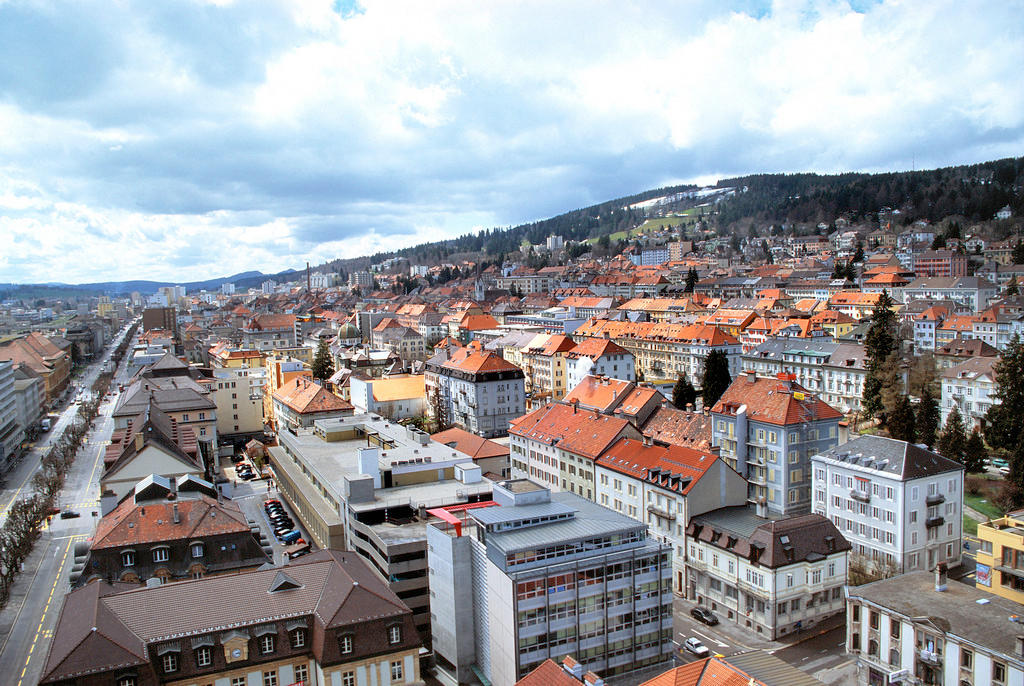
The watchmaking centres of La Chaux-de-Fonds and Le Locle have been awarded World Heritage status by Unesco, the Paris-based United Nations culture organisation.
The two neighbouring towns in canton Neuchâtel joined nine other Swiss sites that already benefit from the Unesco label, with the agency committee recognizing the merits of the region’s unique architecture.
The World Heritage Committee decided to inscribe La Chaux-de-Fonds and Le Locle on the list at a meeting in Seville, Spain.
“The site presents outstanding examples of mono-industrial manufacturing towns which are well preserved and still active,” a Unesco statement said on Saturday.
“The urban planning of both towns has accommodated the transition from the artisanal production of a cottage industry to the more concentrated factory production of the late 19th and 20th centuries,” it adds.
Jean-Daniel Jeanneret, responsible for the preservation of historical monuments in the region, welcomed the successful candidacy.
“It makes a difference for a watchmaking town to have the Unesco label,” he told the ATS news agency.
The Swiss government submitted the watchmaking area’s candidacy in December 2007 as an example of a symbiosis between the watch industry and urban development.
Unesco’s selection committee, the International Council on Monuments and Sites, gave the thumbs-up in May this year.
“Watchmaking factories”
Starting out as small mountain villages 1,000 metres above sea level, La Chaux-de-Fonds and Le Locle were shaped over a few decades by the watch industry.
Despite a tough climate, a lack of major communication links and raw materials, both municipalities benefited from the progress brought about by industrialisation.
And even the two major fires that devastated the towns in the early 17th and 18th centuries were overcome and helped define their future architecture.
At first glance the lengthy straight streets that characterise La Chaux-de-Fonds and Le Locle may seem boring and rather insignificant. But in fact they have both historical and architectural value.
The street plan, the buildings and the factories that constitute the urban makeup were designed to answer the needs of a new industry that over time has come to symbolise the region.
The twin towns in the Jura mountains became in the 19th century what Karl Marx himself called “unique watchmaking factories.”
“They were built by the watchmaking industry for the watchmaking industry,” adds Laurent Kurth, meember of the La Chaux-de-Fonds local council.
They have been compared to other towns in the United States because of their development and multicultural society. They became home to many immigrants in search of work, especially Italians.
Economic development went hand in hand with a strong sense of social justice. As the watch industry grew bigger, education and cultural activities developed at a similar pace, making the two cities pioneers in Switzerland.
Le Corbusier
La Chaux-de-Fonds and Le Locle have an interest in another World Heritage project, related to architect Le Corbusier.
Presented by France in partnership with Argentina, Gemany, Belgium, Japan and Switzerland, it brings together 22 buildings that illustrate the creativity and diversity of the Swiss-French architect’s work.
Four of the buildings are in Switzerland: the Jeanneret-Perret and Schwob villas in La Chaux-de-Fonds, also known as the white house and the Turkish villa, as well as a lakeside house in Montreux and the Clarté apartment building in Geneva.
However the Corbusier project still has some way to go. The selection committee decided to put off its inscription on the World Heritage list until next year.
It called for additions to the dossier which could be presented in 2010.
Stefania Summermatter, swissinfo.ch (adapted from Italian by Scott Capper)
The site’s… planning and buildings reflect watchmakers’ need of rational organization. Planned in the early 19th century… the towns owed their existence to this single industry. Their layout along an open-ended scheme of parallel strips on which residential housing and workshops are intermingled reflects the needs of the local watchmaking culture that dates to the 17th century and is still alive today.
The site presents outstanding examples of mono-industrial manufacturing-towns which are well preserved and still active.
The urban planning of both towns has accommodated the transition from the artisanal production of a cottage industry to the more concentrated factory production of the late 19th and 20th centuries.
Source: Unesco
The World Heritage List includes about 900 properties forming part of the cultural and natural heritage which the committee considers as having outstanding universal value.
These include mainly cultural, but also natural and mixed properties in 148 states.
Switzerland is home to seven cultural and three natural heritage sites.

In compliance with the JTI standards
More: SWI swissinfo.ch certified by the Journalism Trust Initiative




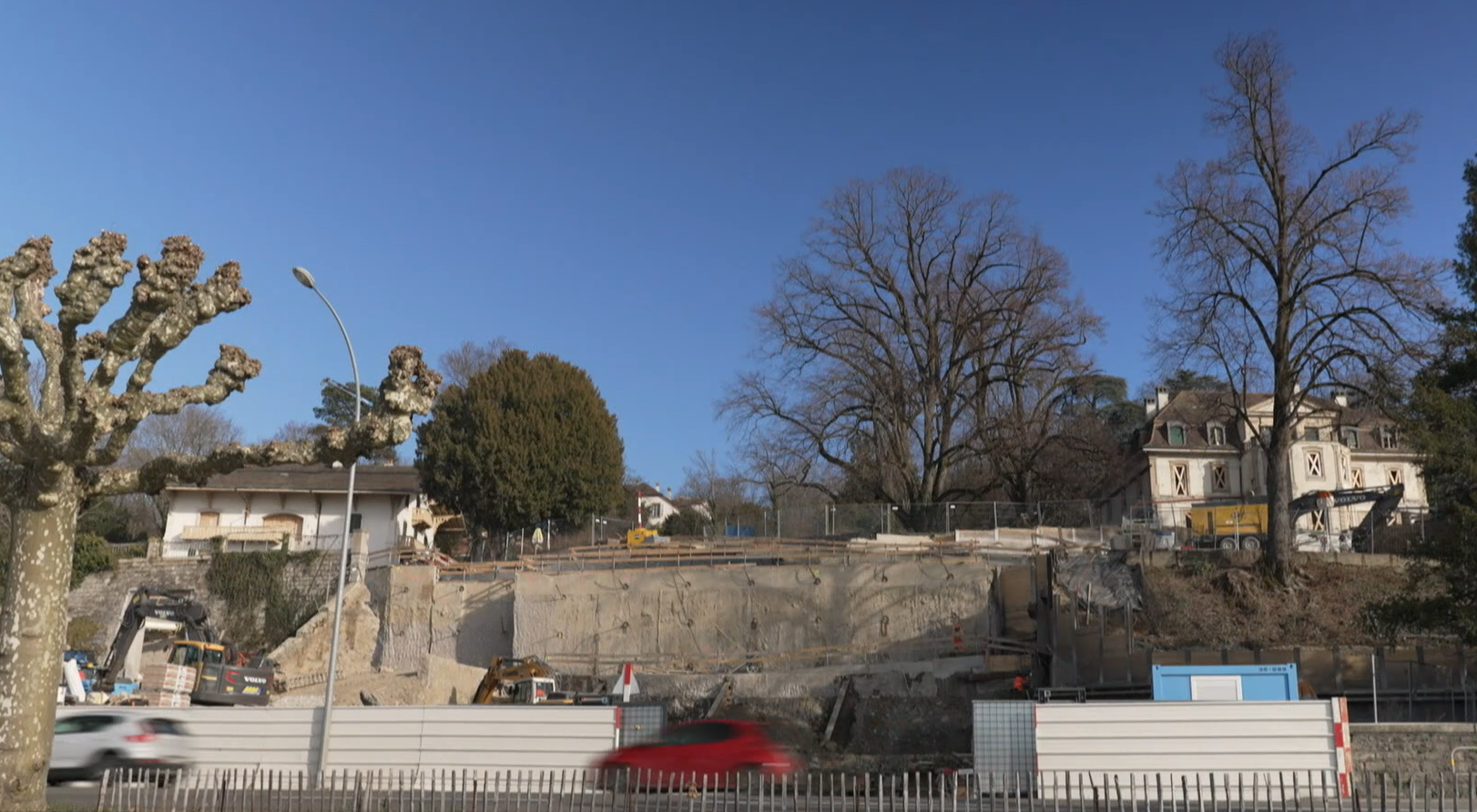



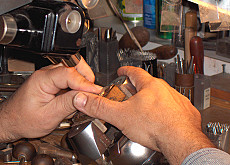
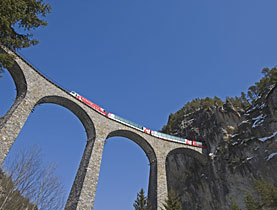
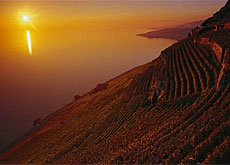


You can find an overview of ongoing debates with our journalists here . Please join us!
If you want to start a conversation about a topic raised in this article or want to report factual errors, email us at english@swissinfo.ch.